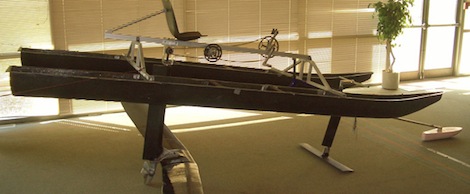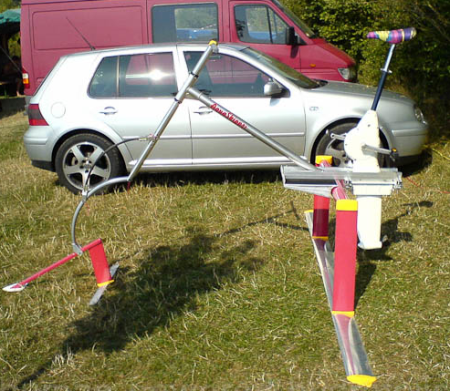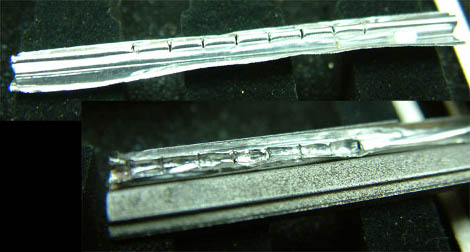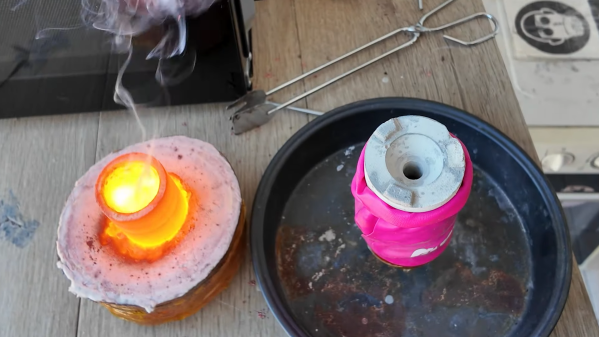
After reading a bicycle-powered hydrofoil build we posted a few days ago, [James] sent in the project that earned him an iron ring from Dalhousie University in Nova Scotia, Canada. It’s a pedal-powered hydrofoil made of carbon fiber and a Titanium drive shaft [James] and five other students in a mech eng senior design class built in 2005.
The Halifoil, as the team called it, is based on a recumbent design and uses twin carbon fiber hulls to keep the rider out of the water when not pedaling. The use of carbon fiber foils and Titanium drive shaft keep the weight down so the rider can easily accelerate to a speed where the hulls come out of the water.
Compared to the last hydrofoil we posted, [James]’ build is much heavier, but one is much better suited to sitting in the middle of a lake, then pedaling to the shore while flying above the water.
Even though the project is several years old, it’s still a very cool build. [James] was kind enough to post the videos of his build residing on the Dalhousie servers on YouTube; you can check those out after the break.
Continue reading “Pedal Powered Hydrofoil Looks Like A Lot Of Fun”

















